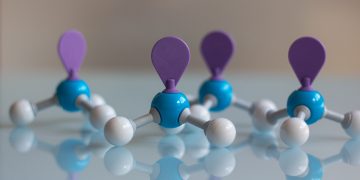From Clean Air Network (CAN)’s review of the Environmental Protection Department’s 2015 air quality monitoring data, it is found that in general, Hong Kong’s air quality had slightly improved in the first half of 2015 compared to the same period last year. However, pollutant levels still fall short of the WHO standards and even some of the Air Quality Objectives (AQOs).
Levels of sulphur dioxide (SO2), an indicator of marine emissions, exceeded the WHO annual guideline (5 µg/m3) at all monitoring stations except Tai Po. Kwai Chung had the highest SO2 levels among all stations, followed by Tsuen Wan and recorded higher levels when compare to last year, indicating significant contribution from ship emissions.
However, positive signs have been found from the first week of implementation of fuel switch at berth. If we compare the first week with last week in June, number of hours of SO2 24-hour concentration exceeding WHO level (20 µg/m3) significantly dropped in July. When comparing daily average, they are also visibly lower for the days in July and the highest hourly reading is 40% lower in July when compared with last week of June.
CAN Chief Executive Officer Kwong Sum Yin said, “The results showed that if the administration has the will, there is way to improve the air. It also reflected the absurdity of the current AQO standard. Now the standard for 24-hour average concentration of SO2 is 125µg/m3. However, there were no exceedances of it in the past three years. The bar is set too low and we urge the government to align the standard with WHO recommended one: 20µg/m3.”
Source: Clean Air Network
In the starting, I was explicit with you propecia before and after has changed my subsistence. It has become much more fun, and now I have to run. Just as it is incredible to sit.































































